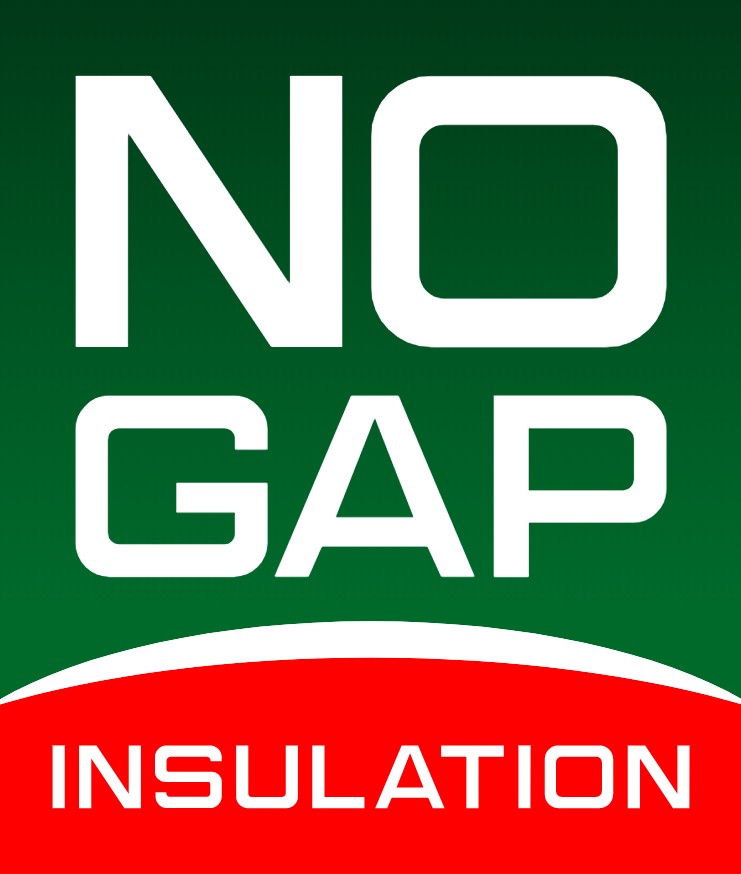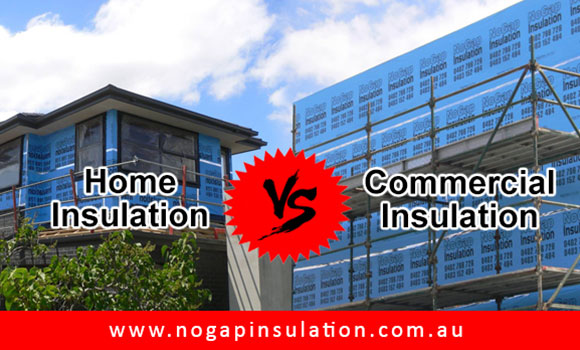Insulation is a requirement in all residential and commercial buildings, as it vastly improves the comfort and overall experience of the building. The energy requirements and location of the building will impact what level of insulation is required. There is small difference when comparing home and commercial insulation. This is the size of the project, as commercial building are normally larger than homes. With commercial projects you need to consider what kind of building it will be such as schools, residential, factory etc.
Both practises work in the same way with the same goal. Insulation is used to reduce the amount of heat transfer within a building, whether that be residential or commercial. In a temperamental climate like Melbourne it is especially important to have adequate insulation installed to protect from extreme cold or heat.
Insulation can help with weatherproofing and eliminate moisture problems such as condensation. The R-values needed for the building fabric will differ according to the height of the building and climate conditions according to the Building Code of Australia (BCA).
Why is Commercial Insulation so important?
Insulation is needed in commercial properties to create a barrier between the property and external heat flow. This will help in maintaining a regular temperature within the building, keeping it cool in summer and warm in winter. It can sometimes be difficult to have effective air conditioning and heating appliances working effectively in a commercial building, especially if it is large or oddly shaped. If the building is well-insulated, this can reduce the risk of excess heat and cold getting in and therefore creating a comfortable environment.
There are a range of important reasons for insulation in commercial buildings.
- Thermal insulation – Adding insulation into the structure of a building will primarily block out excess heat flow. Ensure you have the correct R-value required for the building, and it is installed in all available spaces. This includes ceiling, walls, floors and subfloors. The reliance on heating and cooling appliances will be lessened, reducing the overall energy bills for the building.
- Acoustic insulation – Acoustic insulation should be highly considered for commercial buildings, given the large amount of people that could be coming and going through. Acoustic insulation will reduce noise transfer between rooms and levels of the building, increasing comfort and liveability.
- Fire protection – Passive fire protection is required in buildings that are connected to neighbouring buildings. Your energy report should tell you if your building requires this. It is also common for areas regularly affected by bushfires to have fire resistant insulation installed to aid in protecting the building.

Understanding the Different Types of Insulation
Insulation products come in two main categories;
- Bulk insulation
- Reflective insulation
These two insulators can be combined into a composite material, or the two seperate products can be installed in the same building and effectively insulate. When utilising both types it is important to consider the combined R-value. The R-value measures resistance to heat flow. The higher the R-value, the higher the level of insulation in the building. All insulation materials that are sold in Australia must meet Australian Standard of materials. Some modern insulation materials in Australia include polyester, glasswool and rigid foil panels. These materials are used by leading manufacturers across the globe to create quality products.
Categories of Insulation
- Bulk Insulation – This kind of insulation aids in resisting the transfer of conducted heat mainly due to the trapped air in pockets in its structure. The thermal resistance power of this kind of insulation is same irrespective to the heat flow direction. Bulk Insulation includes materials such as glasswool, cellulose fiber, wool, polyester and polystyrene.
- Reflective Insulation – This kind of insulation helps in resisting low emissivity and high reflectivity. Thermal resistance will also differ in this kind of insulation depending on the heat flow direction. Common reflective insulation is foil wrap, a membrane wrapped around the house to reflect away excess heat.
Advantages of Commercial Insulation
- A commercial building with insulation is more energy efficient by reducing the needs for heating and cooling systems. Your building is therefore kinder on the environment with reduced greenhouse gas emissions.
- Insulation pays itself off in a few years based on the reduction of energy bills, saving you money in the long run.
- The building will be protected from external noise, which is particularly vital if the building is near any factories or highways. It will also aid in reducing sound transfer from room to room.
Ensure to chat to your builder and check your energy report when considering commercial insulation.Many of the brands we supply and work with cater for commercial insulation. Pirmax, Kingspan, CSR Bradford, Fletcher Pink Batts and Knauf Earthwool all accomodate for commercial insulation. You can check our our commercial products and pricing here, and for all commercial bookings please call No Gap Insulation at 03 8592 1900.



